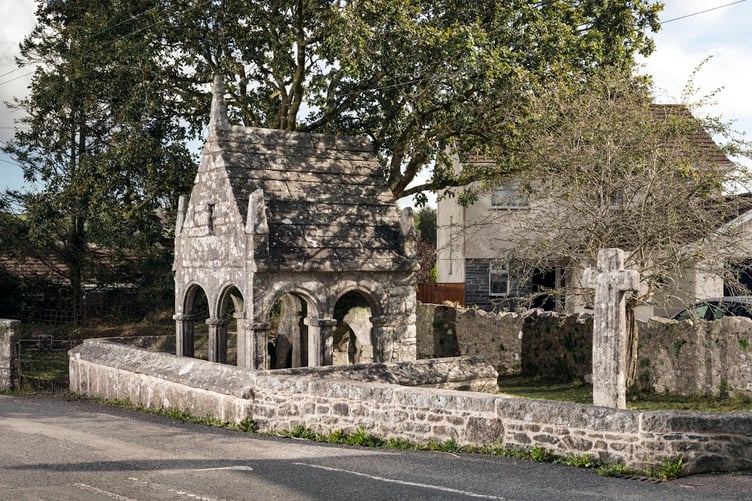More than 40 historic sites have been classed as ‘at risk’ across the South West following the release of Historic England’s 2023 Heritage at Risk list.
43 buildings across the South West have been identified as being at risk of neglect, decay or inappropriate development by Historic England.
The ‘Risk Register’ hopes to give an annual snapshot of the health of the country’s valued historic buildings and places.
This year marks the 25th anniversary of the publication of the first national Heritage at Risk Register, previously known as the Buildings at Risk Register. Over the past 25 years, since it began in 1998, around 6,800 entries have been removed. This equates to around three-quarters of the entries that were on the original register. Many of the remaining entries from the 1998 Register have seen good progress despite often being the hardest cases to solve.
Among the list’s 4,871 entries, there are several familiar faces. The Church of St Martin, situated a few miles from Looe has been identified, a report on the building states: “Large two aisled church with tall west tower, south transept and north aisle. Structural problems with roof structure reported with major movement across the east end of the nave by the south transept. Although largely historic it is now showing signs of fresh movement with plaster falls. A scheme of emergency repairs is proposed with Historic England grant support.”
Along with this report, the register notes that the building is in poor condition and is experiencing “slow decay” with no solution agreed at this point in time.
Though it is not all bad news for South Western heritage sites, the launch of the most recent Risk Register has revealed some of the list’s removals, success stories which have been restored and repaired. One of these is in Liskeard is the St Cleer Holy Well and Cross.
The 15th-century well and wayside cross is now owned and cared for by Cornwall Heritage Trust.
The site is the only example of a well house with an open porch-like design in Cornwall. Its pillars, capitals and arches are carved with simple mouldings and patterns which were unusual for this date in Cornwall.
The open, arched form of the structure, with a steep gabled roof was probably intended to resemble a high-status saint’s tomb or shrine. Prior to the Reformation the interior may have been used to display the image or relics of a saint, to be viewed by pilgrims to the site, who would have had access to water from the spring covered by the building through the small double arch at the east end.
The first reference to the building was by the Cornish historian William Hals around 1700, who described it as ‘much decayed.’ In the 19th-century, the spring water was piped to the roadside nearby, for the villagers’ convenience. In 1864 the well was restored by Lieutenant Henry Rogers in memory of his grandfather, the Reverend John Jope, who had been vicar of the parish for 67 years. At the same time, he established a trust for its maintenance, but by the late 20th century, with no trustees surviving, the site of the well had fallen into neglect.
However, in November 2022, the Cornwall Heritage Trust (CHT) acquired the site, taking over its management. With support from Historic England grants, CHT has been able to carry out assessments of the site, tree surgery, repointing, and interpretation to improve understanding and management of the site for future generations.
Cathy Woolcock, Chief Executive of Cornwall Heritage Trust, said: “This acquisition has been a long time coming and we’re so proud for St Cleer Holy Well and Cross to join our growing portfolio of historic Cornish sites, which are all free for the general public to access. Our charity was founded nearly 40 years ago to address concerns that far too many of Cornwall’s historic places were at risk, and helping remove this site from the Heritage at Risk Register shows just how important that mission remains today.
“It took a great deal of hard work and negotiation to bring the site into our care, and it’s an honour to now be its custodians. We are hugely grateful to Historic England for its unwavering support throughout the process and for grant-funding some essential maintenance to the site as well as interpretation and surveying.”




.jpeg?width=209&height=140&crop=209:145,smart&quality=75)
Comments
This article has no comments yet. Be the first to leave a comment.